Vanilla extract costs $15-$30 per ounce due to five critical factors: hand-pollination requirements (each flower must be pollinated within one day), slow vine growth (12+ months from pollination to harvest), months-long curing processes, climate vulnerability in key growing regions, and complex supply chains with 8-12 intermediaries. This guide delivers data-backed insights into vanilla's premium pricing and proven savings strategies you can implement immediately.
Unlike generic explanations, we analyze vanilla's role as a climate vulnerability indicator within global spice markets. You'll discover why this humble ingredient reflects broader supply chain fragility and learn evidence-based methods to maximize value without compromising quality.
Table of Contents
- 1. The Vanilla Vine: Nature's Slow Cooker
- 2. Hand-Pollination: When Bees Don't Do Their Job
- 3. Processing & Aging: Not Your Overnight Oatmeal
- 4. Climate Chaos & Crop Crises
- 5. Market Forces: Supply Chain Drama
- 6. Real vs. Imitation: Know the Difference
- 7. Cost Comparison: Vanilla vs. Other Spices
- 8. How to Save Without Sacrificing Flavor
- 9. DIY Extraction: Could You Make Your Own?
- 10. Final Thoughts: Paying for Perfection?
1. The Vanilla Vine: Nature's Slow Cooker
Vanilla doesn't grow on trees — well, actually, it grows on vines. Specifically, Vanilla planifolia, a tropical orchid vine that takes its sweet time producing pods. Unlike many other crops that can be harvested every few months, vanilla beans take up to a year from pollination to maturity.
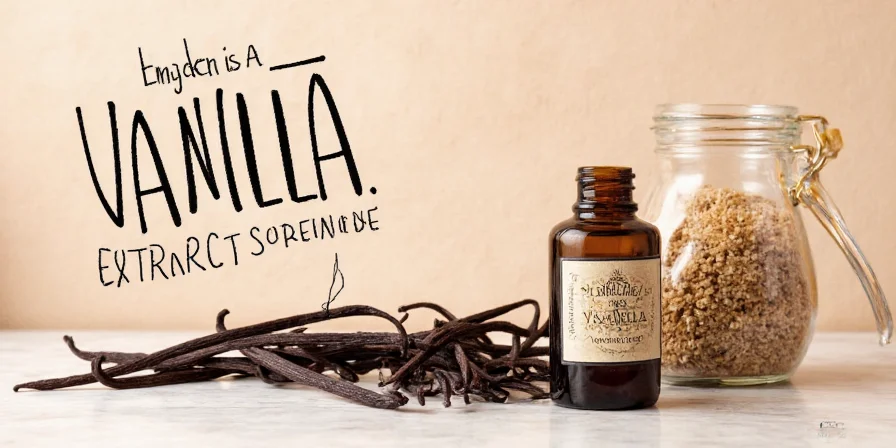
This slow growth rate means vanilla isn't something you can crank out by the truckload overnight. It's like trying to raise tomatoes in a snowstorm — Mother Nature sets the pace, and she's not always cooperative.
2. Hand-Pollination: When Bees Don't Do Their Job
Most flowering plants get pollinated by bees, birds, or wind. Vanilla flowers? Nope. They rely mostly on human hands. In Mexico, native bees called *Euglossa* used to do the job, but outside of their habitat, farmers have to manually pollinate each flower.
| Region | Natural Pollinators? | Hand Pollination Required? |
|---|---|---|
| Mexico | Yes (Euglossa bees) | No |
| Madagascar | No | Yes |
| Tahiti | No | Yes |
Each vanilla bloom only stays open for one day. If it's not pollinated within that window, it dies off without producing a bean. Talk about pressure!
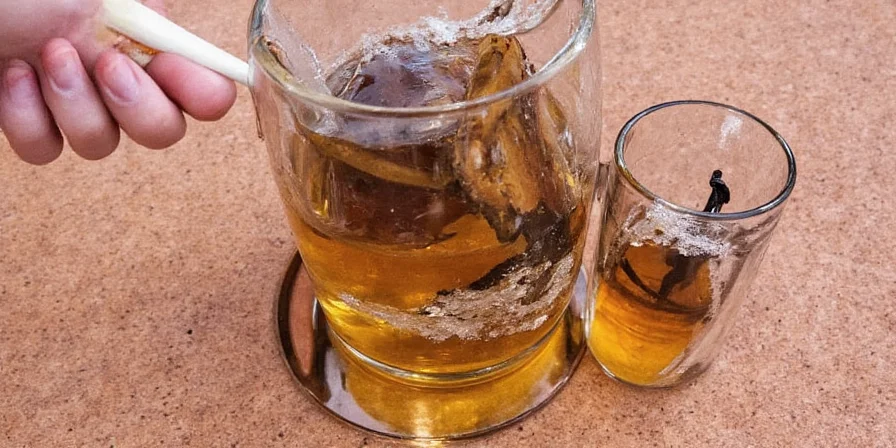
3. Processing & Aging: Not Your Overnight Oatmeal
Once harvested, vanilla beans aren't ready to become extract. They go through a months-long curing and fermenting process that develops their signature aroma and flavor. This involves sweating, drying, aging, and sometimes even wrapping in cloth or storing in wooden boxes like gourmet cigars.
- Blanching in hot water
- Sweating in blankets
- Drying under sun or shade
- Aging for 6–12 months

All of this labor-intensive care adds cost. It's like making aged cheese or fine wine — time is money.
4. Climate Chaos & Crop Crises
Climate change isn't doing vanilla any favors. Cyclones, floods, and erratic weather patterns have devastated vanilla-producing regions like Madagascar and Indonesia — which together supply the majority of the world's vanilla.
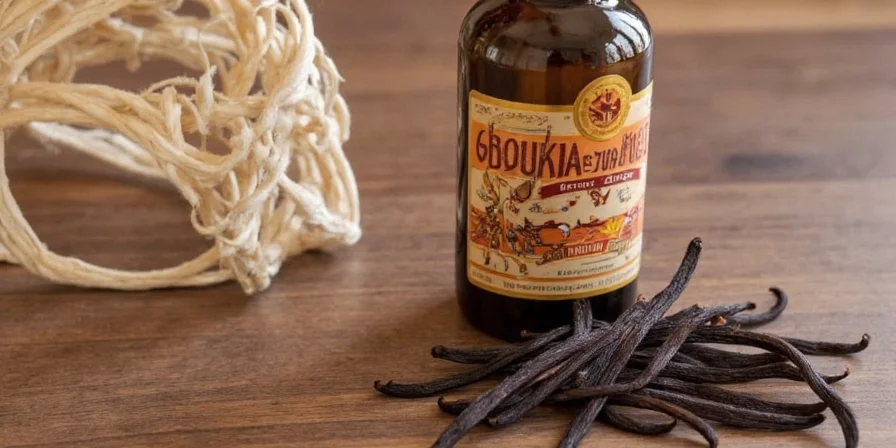
In recent years, bad harvests have caused vanilla prices to spike dramatically. In 2018, the price per kilo reached over $600 due to crop failures in Madagascar, making it briefly more expensive than silver. This volatility reveals vanilla's role as an early-warning indicator for climate-sensitive agricultural commodities.
5. Market Forces: Supply Chain Drama
Vanilla beans often travel thousands of miles before becoming extract. From rural farms to global markets, they pass through multiple middlemen, each adding a markup. Plus, demand keeps rising thanks to food trends leaning into natural flavors and clean labels.
| Year | Global Demand (metric tons) | Global Production (metric tons) |
|---|---|---|
| 2015 | 2,200 | 2,300 |
| 2020 | 2,800 | 2,100 |
| 2023 | 3,100 | 2,400 |
Shortages + rising demand = higher prices. It's Econ 101 with a side of sugar cookies. The growing gap between demand and production since 2020 demonstrates systemic supply chain vulnerabilities beyond temporary disruptions.
6. Real vs. Imitation: Know the Difference
Real vanilla extract comes from real vanilla beans. Artificial vanillin, often made from petrochemicals or wood pulp lignin, may smell similar but lacks the depth and complexity of the real thing.
- Real Vanilla: Complex, nuanced, and rich
- Imitation Vanilla: One-note, chemical-like, cheaper
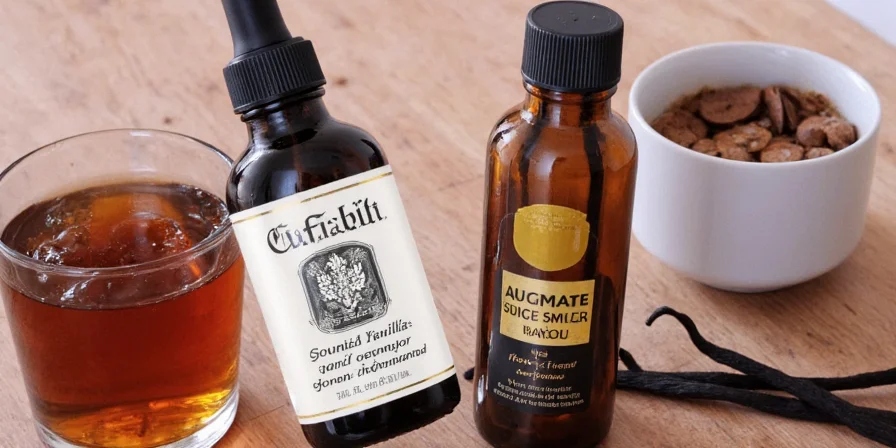
Chemical analysis shows real vanilla contains over 250 flavor compounds, while imitation typically offers just vanillin. This molecular complexity explains why professional bakers consistently prefer genuine extract despite the cost premium.
7. Cost Comparison: Vanilla vs. Other Spices
Let's put things in perspective. Compared to other spices, vanilla sits comfortably in the upper echelon when it comes to price per ounce.
| Spice | Average Price per Ounce |
|---|---|
| Vanilla Extract | $15–$30 |
| Saffron | $300–$500 |
| Cinnamon | $1–$5 |
| Nutmeg | $2–$6 |
| Black Pepper | $1–$3 |
So while it's not the most expensive spice on the planet (looking at you, saffron), it's definitely not your average kitchen shaker fare either. Vanilla's position reflects its unique production challenges among widely used flavorings.
8. How to Save Without Sacrificing Flavor
High quality doesn't have to mean high cost. Here are some practical ways to enjoy vanilla without breaking the bank:
- Buy in bulk: Larger bottles of pure vanilla extract are often more cost-effective per ounce.
- Opt for paste or beans: Sometimes vanilla bean paste or whole beans can offer better value and more visual appeal.
- Look for store brands: Many grocery stores offer quality extracts at lower prices.
- Use sparingly: A little goes a long way. Stick to recipe guidelines.
9. DIY Extraction: Could You Make Your Own?
Want to feel like a mad scientist in the kitchen? Try making your own vanilla extract!
- Grab some high-proof alcohol (vodka works great).
- Split and chop 6–8 vanilla beans.
- Steep them in alcohol for at least 2–3 months.
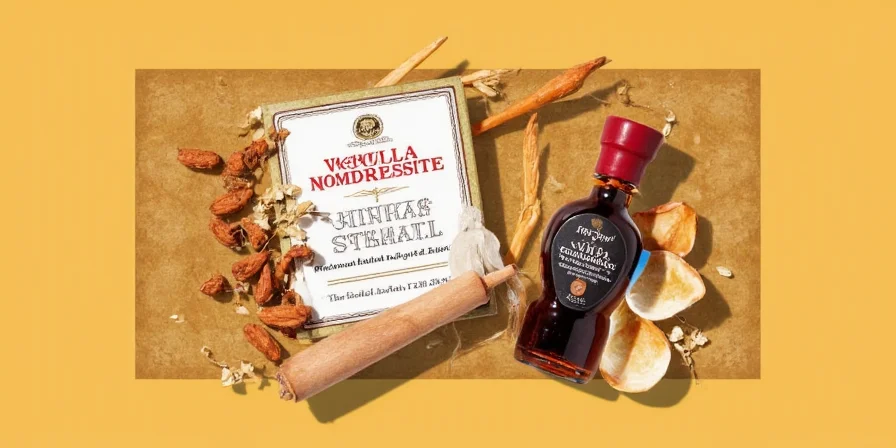
It's easy and surprisingly rewarding. Plus, you can control the strength and skip unnecessary additives. For consistent results, maintain a 1:1 bean-to-alcohol ratio and shake the jar weekly during steeping.
10. Final Thoughts: Paying for Perfection?
At the end of the day, vanilla extract is expensive because it's rare, hard to produce, and wildly popular. But if you know where to look and how to use it wisely, you can still enjoy its magic without going broke.

So next time you reach for that pricey little bottle, remember: you're paying for centuries of tradition, careful cultivation, and a scent that's been captivating humanity since the Aztecs. More importantly, vanilla's pricing reflects our global food system's fragility — making conscious purchasing decisions supports sustainable farming practices in vulnerable regions.
Summary Table: Why Vanilla Extract Costs So Much
| Factor | Impact on Price |
|---|---|
| Slow-growing vines | Low yield, high time investment |
| Hand-pollination required | Labor-intensive |
| Long processing time | Months of curing and aging |
| Climate disruptions | Harvest instability |
| High global demand | Supply vs. demand imbalance |
Further Tips: Spice Up Your Life (Literally)
- Store vanilla extract in a cool, dark place to preserve flavor.
- Don't toss spent vanilla pods — add them to sugar or coffee grounds for extra flavor.
- Experiment with different types: Tahitian, Bourbon, Mexican — each brings its own flair.
Frequently Asked Questions
Why is vanilla extract so expensive compared to other baking ingredients?
Vanilla extract requires intensive labor (hand-pollination), months of processing, and faces climate vulnerability in key growing regions. Its production chain involves 8-12 intermediaries between farm and shelf, each adding costs. Unlike mechanized crops, vanilla remains largely artisanal.
How can I verify if vanilla extract is pure and authentic?
Check the ingredient list: genuine extract must contain only vanilla beans and alcohol (minimum 35% ABV). Avoid products listing 'vanilla flavoring' or 'natural flavors'. Pure extract should have a rich brown color and complex aroma with floral notes beyond simple sweetness.
Does the high price of vanilla extract justify buying cheaper alternatives?
For everyday baking, quality store-brand extracts offer good value. Reserve premium extracts for recipes where vanilla shines (custards, whipped cream). Imitation works in chocolate-heavy recipes but lacks complexity. Never substitute in delicate French pastries where vanilla is the star flavor.
What's causing recent vanilla price fluctuations?
Madagascar produces 80% of global vanilla. Cyclones in 2017 and 2022 destroyed 30-40% of crops. Combined with increased demand from natural-food trends, this created shortages. Prices now stabilize around $250/kg but remain volatile due to climate risks and speculative trading.
How much vanilla extract should I use to maximize flavor without waste?
Follow recipe specifications precisely. In most baked goods, 1-2 teaspoons per recipe suffices. For custards or ice creams, use 1 tablespoon per quart. Never exceed 3 teaspoons per cup of batter - excess alcohol can interfere with texture. Always add extract after other liquids to preserve volatile compounds.











 浙公网安备
33010002000092号
浙公网安备
33010002000092号 浙B2-20120091-4
浙B2-20120091-4